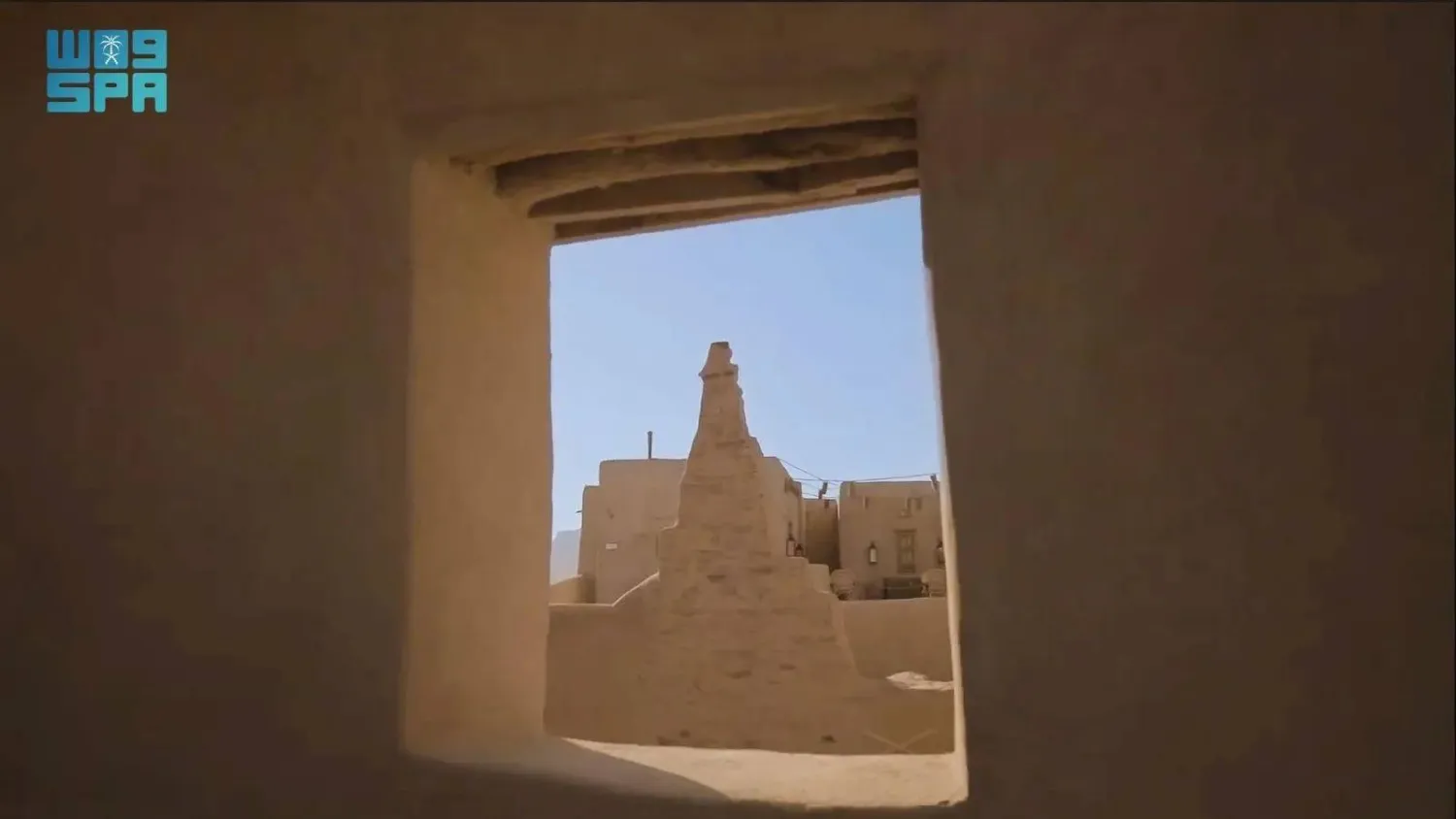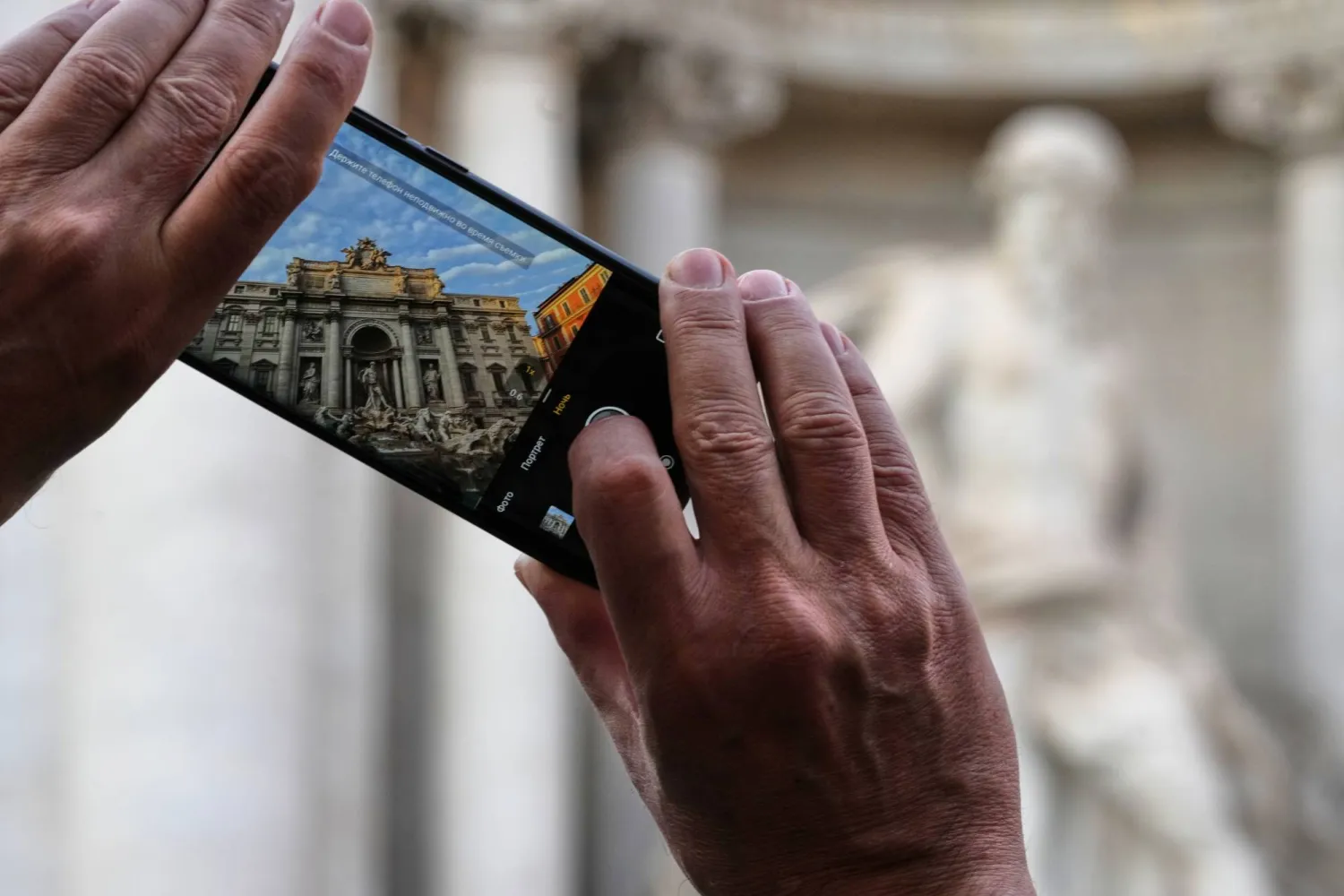New stories and important secrets from the last days of late musician Baligh Hamdi have been revealed in “Baligh…Secrets of Last Days”, a new book published recently, 30 years after his death aged 61, on September 12, 1993.
The late Egyptian poet composed for the most prominent singers of his era, he was described by Abdel Halim Hafez as “the hope of Egypt’s music”, and had many titles including “the king of music”.
Released by Dar Insan publishing, Cairo, “Baligh…Secrets of Last Days” is written by journalist Ayman al-Hakim, who has always been eager to express his loyalty to Baligh. The journalist recalls when late popular crooner Mohammed Rushdi called him to witness the evacuation of Baligh’s office, in Zamalek area.
The properties of late musician were on the floor, including his oud and handwritten music notes. At that moment, Rushdi cried while collecting the belongings to take them to Hamdi’s family house.
This book is the journalist’s third about Baligh; he also wrote a play exploring the last years of the late musician’s life. Dubbed “Love Story”, the play was produced two years ago on the national theater.
The author goes back to Baligh's last days, revealing untold stories and new secrets through Baligh's friend, Mohsen Khattab, who accompanied him throughout the years he had to spend abroad after the case of Moroccan Samira Melian.
A letter in the book says that Baligh died of an absurd mistake. His date of birth recorded in his passport was October 7, 1939, but he was nine years older. Doctors determined the treatment dose based on the recorded date, which led to serious complications.
According to his friend, Baligh’s last demand was to hear the voice of Warda. Exhausted after he had taken the second dose of treatment, he kept asking whether she called to ask about him. Then, he was transferred to the ICU, where he passed away moments before he could fulfill his last wish.
“On September 12, 1993, Baligh Hamdi’s heart stopped in the ICU at the Gustave Roussy Hospital, where he spent three months. The screenings he underwent in Cairo and Jeddah showed liver deterioration due to cirrhosis. At the time, he had traveled to Jeddah to attend the wedding of a friend's son in Saudi Arabia, and to visit the new studios that were opened there. But at the end of the visit, doctors discovered that he also had terminal liver cancer,” the author wrote.
Baligh's friend reveals that the late musician’s body was purified twice; The first in the hospital in Paris and the second in Egypt. Forty days after his death, a memorial service was held at the Balloon Theater in the presence of his family, and Warda who sang ‘Bawadaak’ and cried. Baligh had written this song so Warda can sing it in his farewell. According to the book, Baligh requested four roses on his grave, and to be buried next to his mother, the only woman he chose to be with in his final resting place.
Ayman al-Hakim wrote that although the date of Baligh’s death was September 12, 1993, many believe that he died years earlier, specifically on May 14, 1986, the day he was sentenced to one year in prison in the Samira Melian case. That date marked the beginning of the tragic chapter that broke Baligh and forced him to leave Egypt to Paris before his conviction, and return again for a retrial and acquittal on July 25, 1990. The book highlights the details of the famous case that was the beginning of the end for the late musician.
In the book, Khattab opens up about Baligh’s life in Paris, and the support he got from influential Arab figures, kings and presidents. Libyan President Muammar Gaddafi sent, through his special envoy, Ahmed Gaddaf al-Dam, blank checks to Baligh, who thanked him and rejected his offer.
The book also includes chapters about his first marriage, and dedicates a special chapter for stories about Baligh narrated by singer Ali Al-Hajjar. It also includes an exclusive record of his works, over 1500 pieces including 101 for Warda, 79 for Shadia, 74 for Najat, 32 for Abdel Halim, and 11 for Umm Kulthum.









